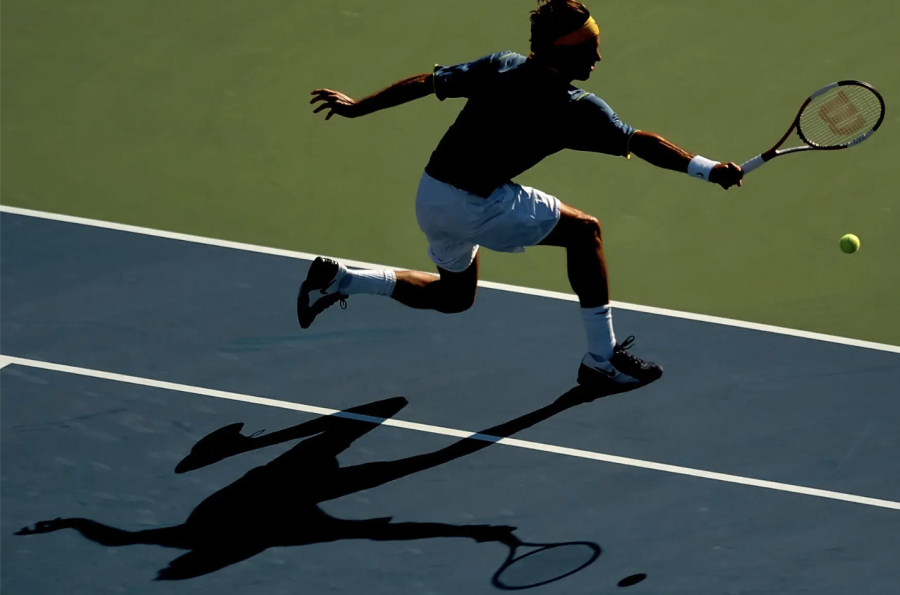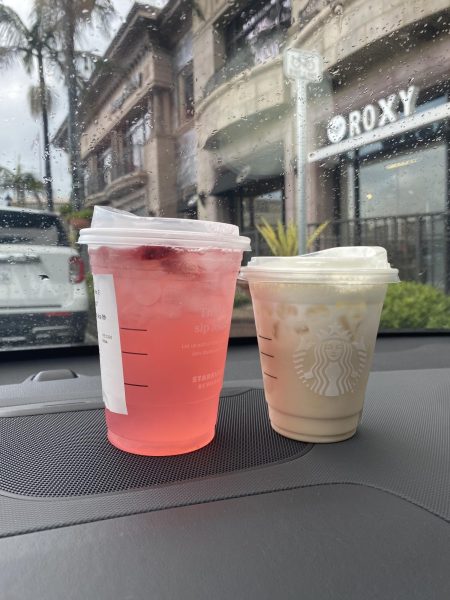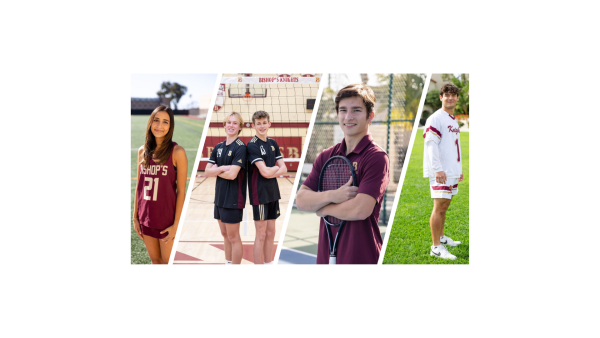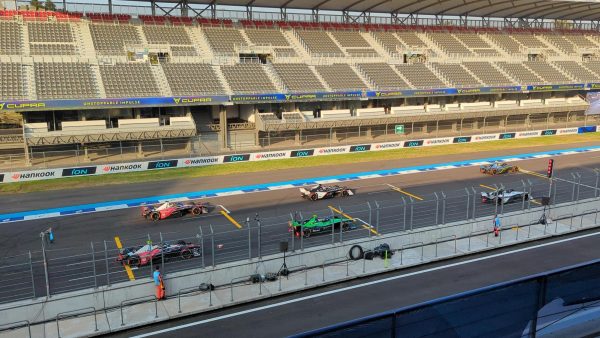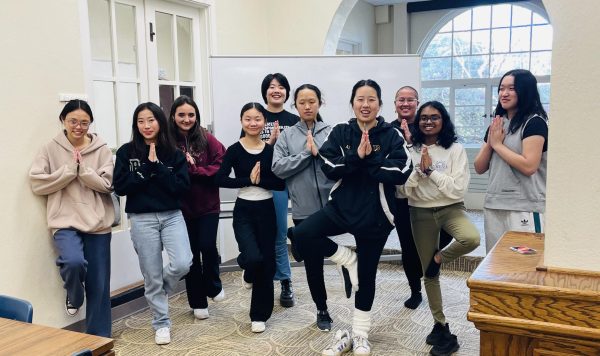Handing Over the Reins
As the GOAT generation ages, what was their impact, and what is next for athletes?
Roger Federer, 41, has had a dominant yet graceful presence in tennis for 20 years, and is assumed to be the greatest male tennis player ever along with Nadal and Djokivic: all in the same generation. But on September 15, 2022, he announced his retirement from the game, marking the closing of a generation.
The Super Bowl, the National Basketball Association (NBA) Finals, Wimbledon, The Masters, The World Cup, and The Olympics. Think back through the last ten years of these sporting events and you will see a pattern. The star players who repeatedly won these events made themselves a household name. These athletes, who broke records and won championships, have arguably become their sport’s Greatest of All Time (GOAT). Most fascinating is that almost every sport’s GOAT has been competing within the last ten years, making this aging generation of athletes the greatest one ever.
These athletes include Serena Williams, Tom Brady, Tiger Woods, Cristiano Ronaldo, LeBron James, Roger Federer, Shaun White, and Simone Biles. They all have broken many records and obtained great success in the past ten years. Here, take a closer look at these legends, why this generation is full of them, and the lasting impact their reign will have on sports, its future competitors, and Bishop’s athletes.
An important aspect attributing to the success of this generation is their mental strength. According to Mental Toughness Incorporated, focus on mental strength has happened only recently. Dr. Jim Loehr, who intensely studied mental strength, published his first book Mentally Tough: The Principles of Winning at Sports Applied to Winning in Business” in 1986 and then published 14 more books on the topic. He is an example of how the study and publishing of mental studies are relatively new. Although past great athletes were mentally tough, it was not until this past generation that developing strong mentalities from a young age was fostered and prioritized.
Middle School Athletic Director and Boys Varsity Basketball Coach Nick Levine believes this generation’s “mental strength to train and perform at a consistent level” has led to an elite generation of GOATs. Their mental strength can be attributed to the unique training that contributed to their success. Coach Levine explained that “They each had their own unique journey to success but the commonality would be their self-belief and their consistency.” He explained that they “are always chasing improvement and are never satisfied” which shows the unique mindset that let them have focused, progressive training that pushed them to greatness.
However, they are aging, and unfortunately, time will not be kind to even the greatest of athletes. Take Serena Williams and Roger Federer — at ages 40 and 41, they began their careers 20 years ago. In her time playing tennis, Williams won a record 23 grand slam titles, 73 career singles titles, four Olympic gold medals, and was the number one tennis player in the world for 319 weeks. Federer has won a record 103 singles titles, 20 grand slam titles, one Olympic gold medal, and had 310 weeks at number one in the world.
Though still active, Williams has not won a grand slam title since the 2017 Australian Open, and Federer has not since the 2018 Australian Open. These GOATs are perfect depictions of the remarkable and aging generation that is slowly losing its edge. This pattern continues in other sports as well. Basketball star Lebron James failed to carry his team, the Los Angeles Lakers, to the playoffs last season, after qualifying for the playoffs in 16 of his 19 seasons. Tiger Woods, a 15-time major winner, failed to finish a tournament under par since his return to golf last year. Cristiano Ronaldo’s premier league team, Manchester United, was unable to make the Champions League last season. Tom Brady’s NFL playoff run was cut short in the divisional round last season by the Los Angeles Rams. These athletes used to be able to lead themselves or their teams to great success until recently. The writing is on the wall: the GOATs are aging, and their primetime is coming to an end soon or already has.
Although they no longer are leading their teams to glory, their impact will remain. They collectively embody the idea of focused, disciplined practice, an unmatched work ethic, and incomparable determination. Coach Levine believes their impact “is the importance of overall well-being, including physical and mental health, and how that can allow one to excel in all stages of your career.” These ideals that have resulted in success have forever changed athletics, at all levels. Coaches at Bishop’s have adopted aspects of the GOATs’ habits that they feel can impact Bishop’s athletes for the better. Coach Levine explained that one way he is implementing the GOAT mentality is that he “wants our athletes to always believe in themselves and to see the importance of being consistent with their preparation — physically and mentally.”
As the GOATs will soon retire, the future generation of athletes has already started to show themselves. Athletes like Carlos Alcaraz (tennis), Joe Burrow (football), Viktor Hovland (golf), Chloe Kim (snowboarding), Giannis Antetokounmpo (basketball), and Naomi Osaka (tennis) represent the next generation, and they have already shown great success in their young careers.
Even more intriguing are the priorities these young athletes bring to the forefront of sports. The priority of both mental and physical health has been made clear by the future generation of athletes. Already three-time grand slam champion and former number one tennis player Naomi Osaka took a four-month break from the professional tour to focus on mental health, telling her 2.7 million Instagram followers about her struggle with “long bouts of depression.” Her action has created greater talk and less stigma around mental health in sports, an important issue that was not prioritized in previous generations.
Other examples of the changing landscape of sports include young quarterbacks Joe Burrow and Patrick Mahomes, who use advanced technology to protect their heads from injury. Their helmets now include sensors to spot areas prone to brain damage and adjust the helmets accordingly to protect themselves from concussions and long-term brain injury. Though this is something past generations did not do, it is another example of the exciting advancements to come with the future generation of competitors.
With poise and confidence, the greatest generation of athletes can now depart from the professional stage reassured that the reins will be given to another talented group of athletes.

Ben Brown became a journalist for The Tower in 2021, reporting on a range of topics his first year, and honing in on commentary of the current state of...


